The stealth smartwatch – and other stress-busting gadgets
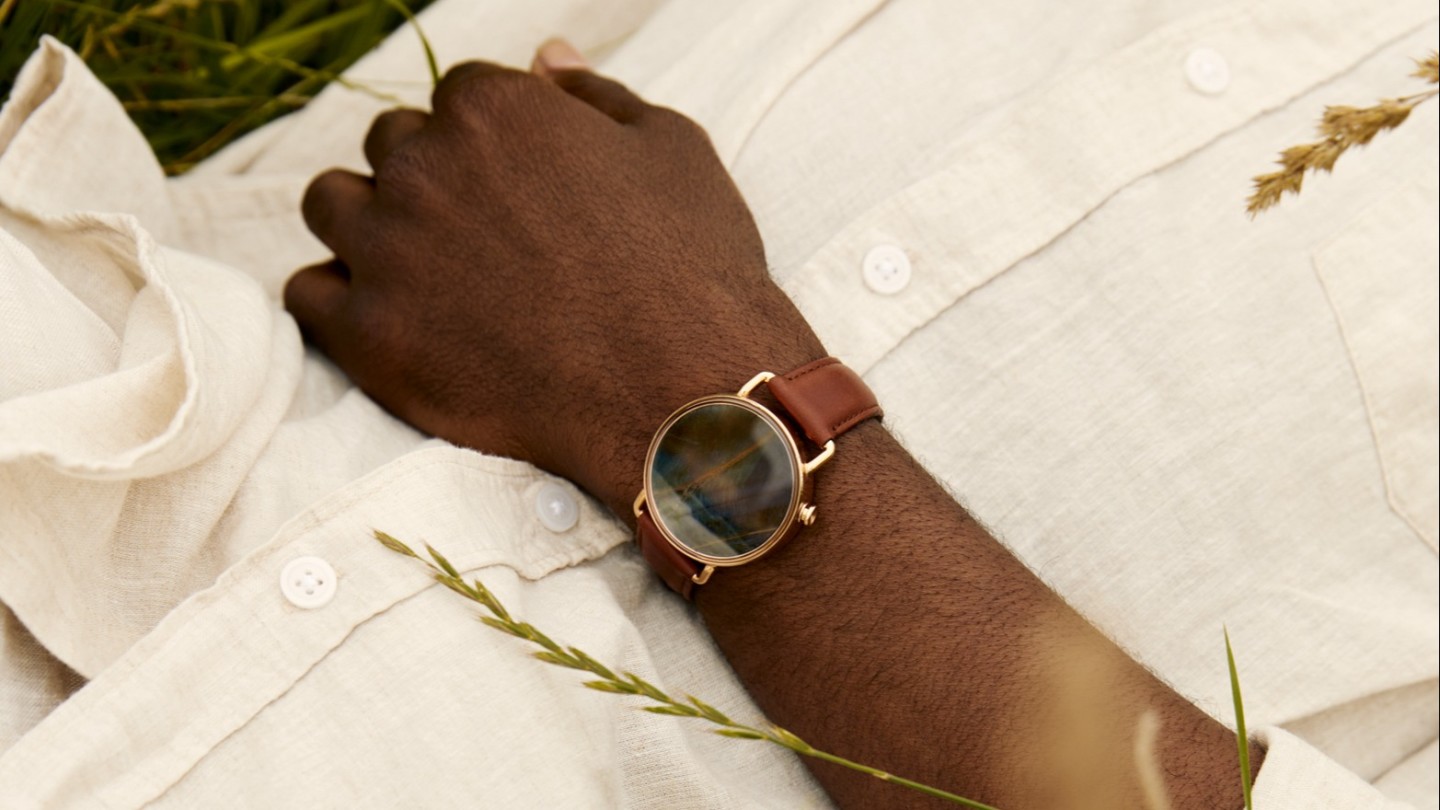
Roula Khalaf, Editor of the FT, selects her favourite stories in this weekly newsletter.
Your typical smartwatch is very keen to brag about its smartness on the dial. Step counters, weather forecasts, email notifications, even the time of day. Nowatch doesn’t trouble you with such ephemera; this device has sprung from a belief that excess data is stressful. So it displays nothing. Where you’d normally find a watch face, you’ll find a disc of malachite, maybe lapis lazuli. It doesn’t animate, light up or do anything other than look beguiling.
But while data might be stressful, that doesn’t mean it’s not useful. The underside of Nowatch contains sensors that capture heart rate, temperature, step count and electrodermal activity (EDA), which are sent to an app on your smartphone. You can monitor those metrics individually if you wish, but the idea is to combine them to build up a daily picture of your stress levels. The EDA sensors, included in partnership with healthcare-brand Philips, are crucial – they measure changes in the amount you sweat, which they believe to be a reliable stress indicator.
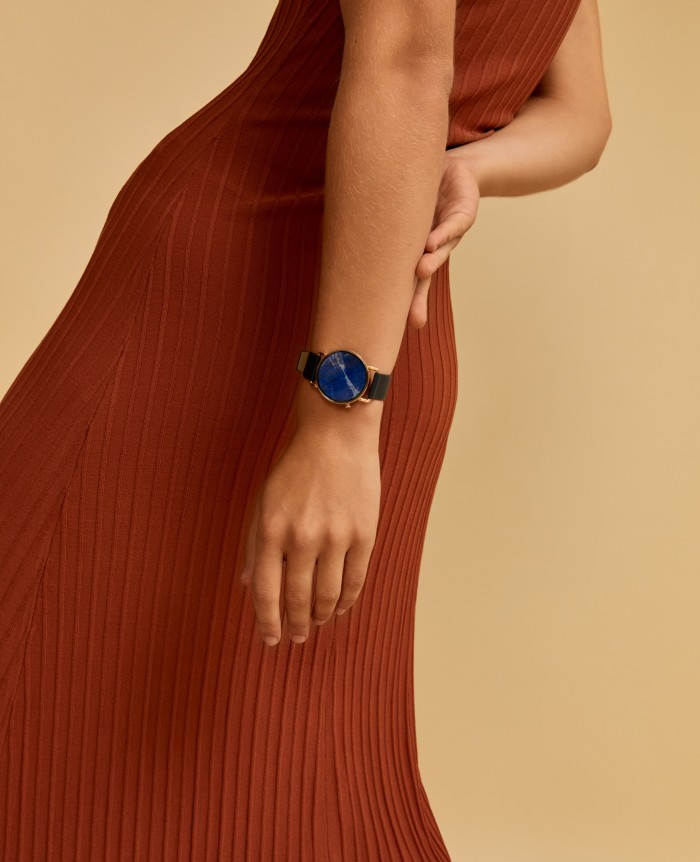
Interaction with the watch is absurdly simple. There is one button, and if you want to note a moment when you’re feeling particularly blissed out (or tormented), you push it. The app records this, and later you can label that moment (calm, stressed, energised, etc) to help train the algorithm. If the watch wants to communicate with you, it vibrates twice. That’s all. In doing so, it reminds you to consider yourself and be in the present. You can set these vibrations to occur randomly a handful of times a day, and they will gradually become more driven by the wearer’s physiology. The app then offers a range of mindfulness techniques to help those stresses subside.
I wore this watch in the week when my 10-month-old son went to nursery for the first time. It was tough, I was stressed and the app noted that. But it also nudged me into thinking more about my mental health, almost as if I was being watched over by a kindly mentor. And I don’t know about you, but I’d rather wear a watch that tells me “don’t worry” over one that says “you’re late”. Nowatch, from €413 to €577 (depending on configuration)
Lines in the sand
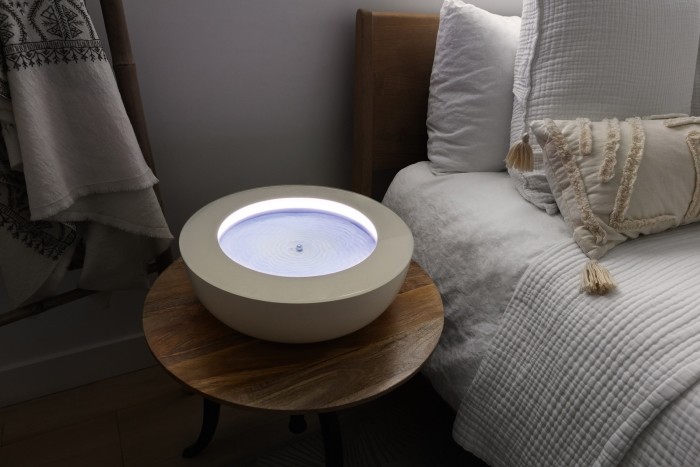
The calming properties of lavender are well known. The soothing sounds of waves are widely appreciated. But the world is largely unaware of the tranquillising effect of watching a metal ball drawn by an invisible magnet through white sand. Drift sits on a table top, its gentle dunes softly illuminated, taking instructions from a smartphone app where you can cue up playlists of patterns and lights (“Endless Wander”, “Euphotic Essence”, even “Disarray”). On one level it’s an executive toy writ large, but “passive wellness” is what Drift is striving for. And watching the plucky little sphere carving its parabolic routes is way more relaxing than listening to someone on a relaxation tape telling you how relaxed you are. Homedics Drift, £499
A fresh pair of eyes
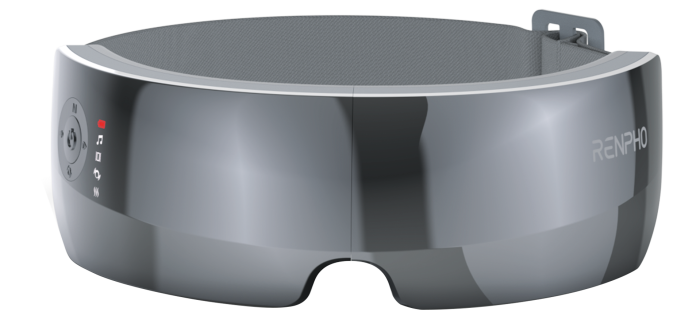
If, like me, you spend your working day staring at multiple screens and end it by burying your head in your hands, Renpho’s Eye Massager offers some welcome comfort. On its most basic setting, it applies soft pressure to the temples and around the eyes while emitting gentle heat, and the experience is unusual but wonderfully soothing. The built-in music appears to have been provided by a depressed hotel-lobby pianist, but you can send your own choice of sounds to it via Bluetooth, or have no music at all. The optional “vibration” setting is pretty intense, but depending on your day, intense might be what you require. Additionally, you get to resemble the taller guy out of Daft Punk. Renpho True View Eye Massager, £54.99
Meditate on this
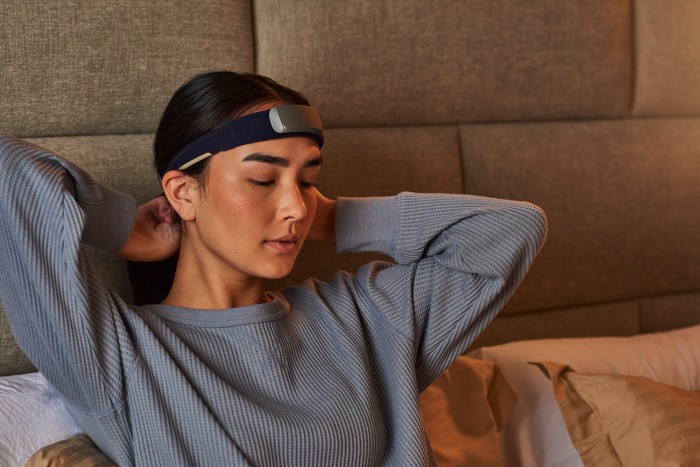
Muse headbands have been around since 2014, measuring brain activity and other metrics to help calm and focus the wearer’s state of mind. The “S” in this addition to the Muse stable stands for “sleep”. Primed to assist with nodding off, it is more comfortable to wear than its predecessors. Its app contains guided meditations and so-called “digital sleeping pills” to comfort and soothe; as the night progresses, the audio subsides and reanimates when you stir to keep you relaxed. During set-up, it can take a while for all sensors to report that they’re receiving data; thereafter it’s a breeze, with the app awarding points as you progress towards your relaxation goals. Muse S (Gen 2) Meditation Headband, £329.99
The massage king
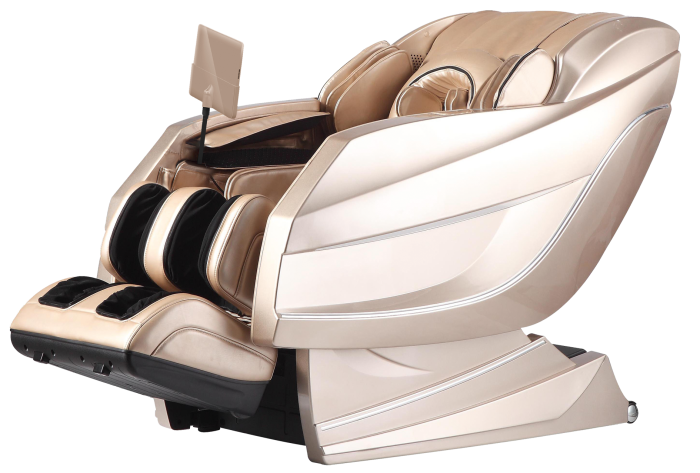
It’s one of the most luxurious massage chairs on the market, a golden behemoth (or red, black or beige) that attends your every physical niggle. The Royal King’s “6D” feature is meant to evoke the sensation of six masseurs going at you simultaneously, and while few of us know what that would actually feel like, the 114 airbags and discreetly positioned rollers leave virtually none of you unkneaded, from your feet, calves, buttocks and lower back to your temples. The 10in tablet to your right presents health-related data and gives you granular control of your experience, but it’s easiest to opt for one of the 24 auto programmes, of which “Thai Stretch” gets the highest marks. Sasaki 10 Series Royal King 6D Ultimate Massage Chair, £7,499
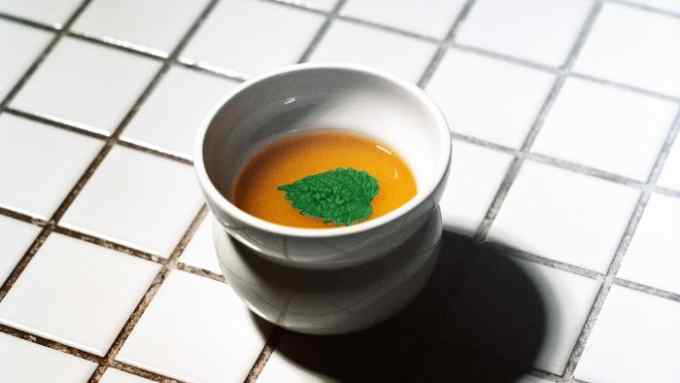
Comments